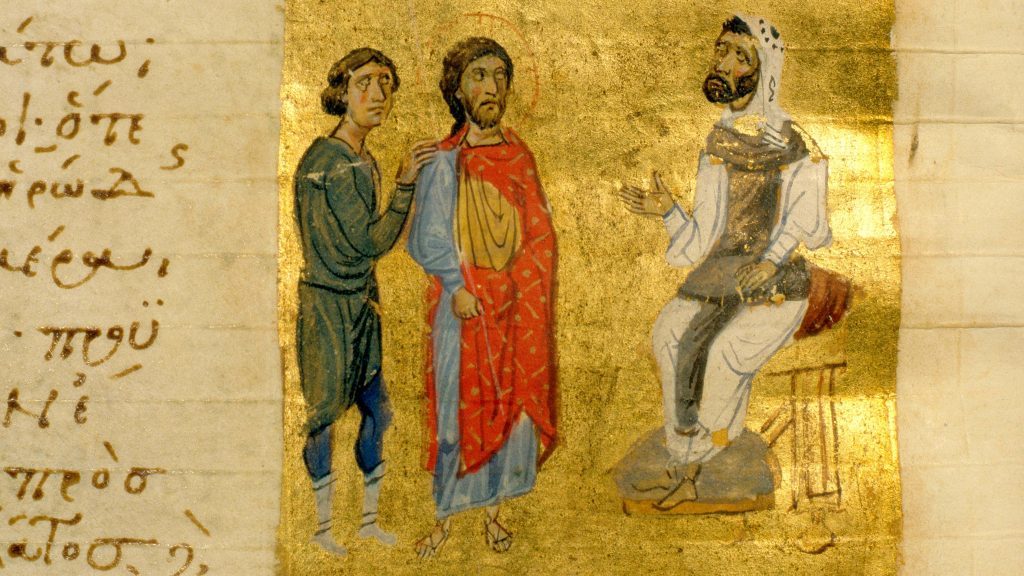The Bible is one of the most influential and widely read books in the world, but have you ever wondered about its origins? Where did the Bible come from, and how did it evolve into the book we know today?
The origins of the Bible can be traced back to the ancient world, where stories and teachings were passed down orally from generation to generation. The first written records of these stories date back to around 1200 BCE, when the Israelites began writing down their history and religious beliefs.
The earliest manuscripts of the Bible were written on papyrus scrolls, which were fragile and easily damaged. Many of these early manuscripts have been lost over time, but some have survived, offering valuable insights into the history and evolution of the Bible.
One of the oldest surviving manuscripts of the Bible is the Dead Sea Scrolls, which were discovered in the mid-20th century in a cave near the Dead Sea. These scrolls, which date back to the 2nd century BCE, contain fragments of every book of the Hebrew Bible except for the book of Esther. They offer a glimpse into the early development of the Bible and shed light on the practices and beliefs of the ancient Jewish community.
Another important early manuscript of the Bible is the Codex Sinaiticus, which was discovered in the mid-19th century in a monastery in Sinai, Egypt. This manuscript, which dates back to the 4th century CE, contains the complete text of the New Testament as well as portions of the Old Testament. It is one of the oldest surviving copies of the Bible and offers valuable insights into the early Christian church.
Over the centuries, the Bible has been translated into numerous languages and has undergone many revisions and interpretations. But by exploring the earliest manuscripts of the Bible, we can gain a deeper understanding of its origins and evolution, and appreciate the rich history and cultural significance of this timeless book.




